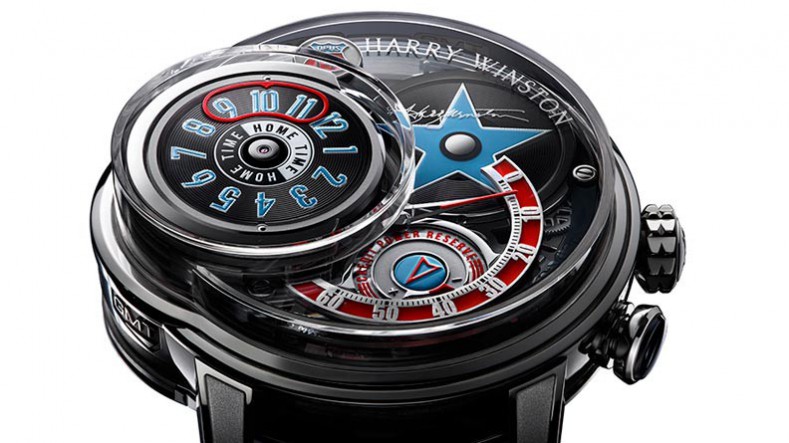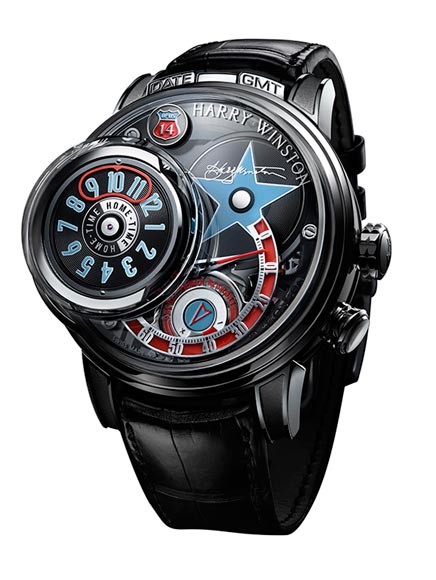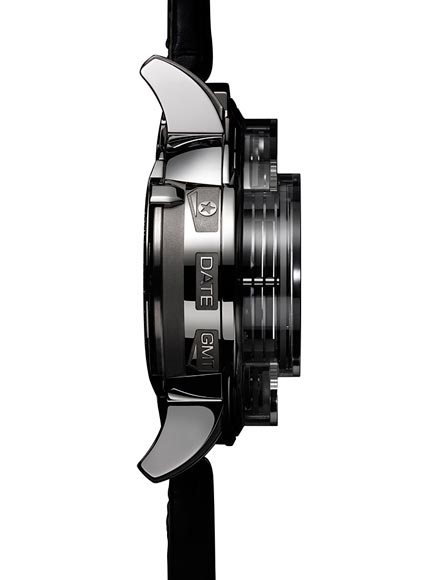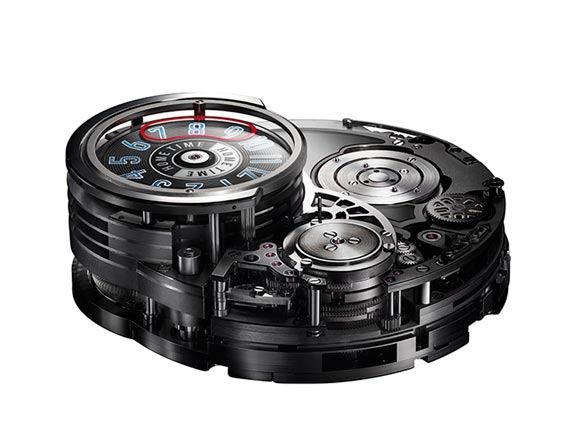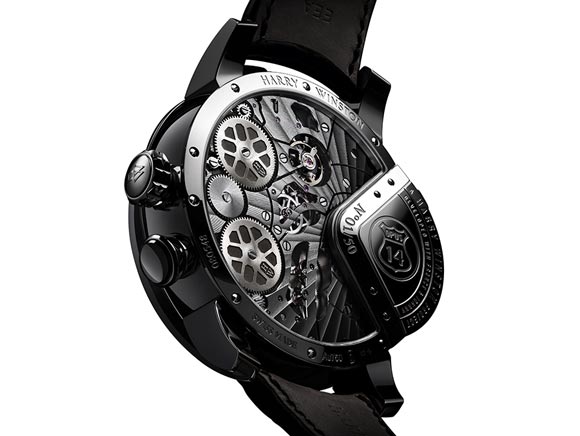Replica Watches On Sale — At a 1950s themed event that turned the Baden-Baden casino into a stereotypical American diner, Harry Winston lifted the veil on the latest in the Opus series.
Even as the Cadillac Eldorado, with its unmistakable 1950s design and extraordinarily elongated rear fins, started to take us on a circuitous route to the casino in Baden-Baden, speculation about what the Opus 14 could be was still rife. The brand had kept everything so firmly under wraps that guesses ranged from the theme of the space age to something related to the thermal springs for which the German resort is so famous Replica Watches UK.
But the answer finally came not from the cars, or from the American-themed diner at which the event was held, but instead from one of the most iconic objects found in it, long since forgotten by a younger generation: the jukebox.
I’m pleased to say that some of my (admittedly safe) guesses about the new piece were correct: yes, it has a white-gold case; yes, it once again has a totally unique way of displaying the time and more significantly, it has a manually-wound movement whose power reserve does indeed go to power an energy-hungry, innovative complication in the form of the jukebox automaton. The two points where I was slightly wide of the mark are the case size, since the Opus 14 is a whopping 54.7mm in diameter (and an even more impressive 17.5mm thick), and the limited edition number, which is a generous 50 pieces.
At the heart of the new Opus 14, which is a collaboration between Harry Winston and watchmakers Franck Orny and Johnny Girardin, is an automaton complication that mimics the action of the arm of a jukebox as it selects individual vinyl records and places them on to the player. Only in this case, the four vinyl discs display the home time, GMT time, the date and a star bearing the signature of Mr. Harry Winston. When the pushbutton at 4 o’clock is pressed, a moving arm picks the disc up and sets it onto the platform to be read. While the disc displaying the local time remains in place at 9 o’clock, the chosen GMT, date or star disc is positioned on this platform. Pressing the push-piece a second time once the disc is in place reactivates the arm, which moves the disc back into the store.
The soul of the Opus 14 is shaped by each detail: the stylized display of the local time at 9 o’clock, the vinyl-style finishes on the various dials, the two-toned insignia bearing the number 14 typical of US highway number signs, the shaded red of the retrograde minutes arc, the style and blue tone of the hour markers. This spirit also infuses the presentation case, itself inspired by the jukebox. The miniaturization of the jukebox mechanism is a first and has been patented by Harry Winston.
The complexity of the movement, exclusive to Harry Winston, and the identity of the Opus collection, lies in its two distinct power reserves. One ensures up to 68 hours of timekeeping autonomy; the other guarantees up to five back and forth disc movements. Although the power reserves are separate and function independently, they are driven by a shared winding mechanism. In addition, the push-pieces on the lugs at 12 o’clock allow the wearer to correct the date and GMT. An unprecedented 1,066 components (probably a tribute the legendary Route 66 rather than the Battle of Hastings) help to bring the unique Opus 14 to life.

